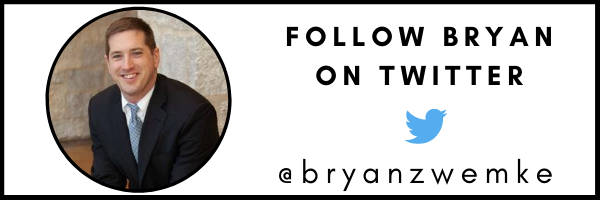TL;DR:
- Positivity is important when communicating with families; however, in order to stay authentic, one should not be excessively positive.
- Tell the whole story, be honest and vulnerable, and prepare for a two-way dialogue when communicating with stakeholders.
Posting in a Pandemic: Excessive Positivity Isn’t Always Authentic
Leaders inspire vision and confidence in their organization, and schools are no different. School leaders set the habits of their districts. Moreover, “leadership is fundamentally about influencing others and that positivity is one of the most effective communication techniques” (Cameron, 2008).
Whether the messaging comes in the form of in-person speeches or written form, one should examine what is being stated or posted from a lens of positivity.
In a 2012 research article, David Collinson writes about “Prozac leadership and the limits of positive thinking.” Collinson states, “leaders often paint highly optimistic scenarios designed to inspire and reassure followers” (p.88).
A concern, however, comes from the notion about not overpromising and underdelivering. Collinson (2012) states “if leaders repeatedly promise that ‘things can only get better,’ but over time this does not happen, followers can become increasingly skeptical and cynical” (p.89).
Not entirely exclusive to the United States, positivity is a distinctive feature of American culture (Collinson, 2012). As a school leader, what is shared can be seen as overly positive, leading to trust issues. However, the positivity in a leader’s characteristics sends a message about the individual’s apparent strength, power, and self-confidence (Collinson, 2012).
Share with users across multiple platforms about what is occurring, as the absence of information may be filled with negativity or misinformation. Posting 3-5 times a week around multiple topics is key. Share on XTips for Posting in a Pandemic
- Social media is part of the parents’ daily routine. Share with users across multiple platforms about what is occurring, as the absence of information may be filled with negativity or misinformation. Posting 3-5 times a week around multiple topics is key. Posts should range from curriculum and instruction, information about the school’s approach to the pandemic, human interest stories, and the collaboration among teachers as they navigate the new normal.
- Tell the whole story. It is a pandemic and people won’t forget that as they are reading a school leader’s post or a post from a school district. Not everything is perfect all the time. Schools should show their vulnerable side and that the struggle is real. If you are out of touch as a school and share that everything is going great in the hybrid model or remote model, people will see through that. Instead, share stories of collaboration, perseverance, and other human interest stories.
- It is not all about winning. If your school is fortunate to be competing this fall, a school should tell the story beyond the box score. There is a tremendous opportunity to tell the story of the dedication and creativity coaches are engaged in, as well as the great work of athletic directors.
- Be ready for a two-way dialogue. This is a challenging time for educators, parents, teachers, students, and community members. This fall, schools entered into a political climate that had created a dangerous divide among stakeholders. Whichever instructional format you are currently in, be prepared to speak to it openly and share why your district has chosen that format.
Citation
Collinson, D. (2012). Prozac leadership and the limits of positive thinking. Leadership, 8(2), 87–107. https://doi.org/10.1177/1742715011434738
[scroll down to keep reading]About Bryan Zwemke
Dr. Bryan Zwemke is a High School Principal in Illinois. He is an active member of multiple educational organizations, including being a guest blogger for the Teach Better Team, sharing his insight on supporting the entire ecosystem that exists in every school building. Bryan completed his qualitative research on building a school system’s social capital through social media. Through his work in this area, Bryan continues to partner with districts to show schools the power of sharing their story through a strategic framework and empowering staff and students to share their voice.



